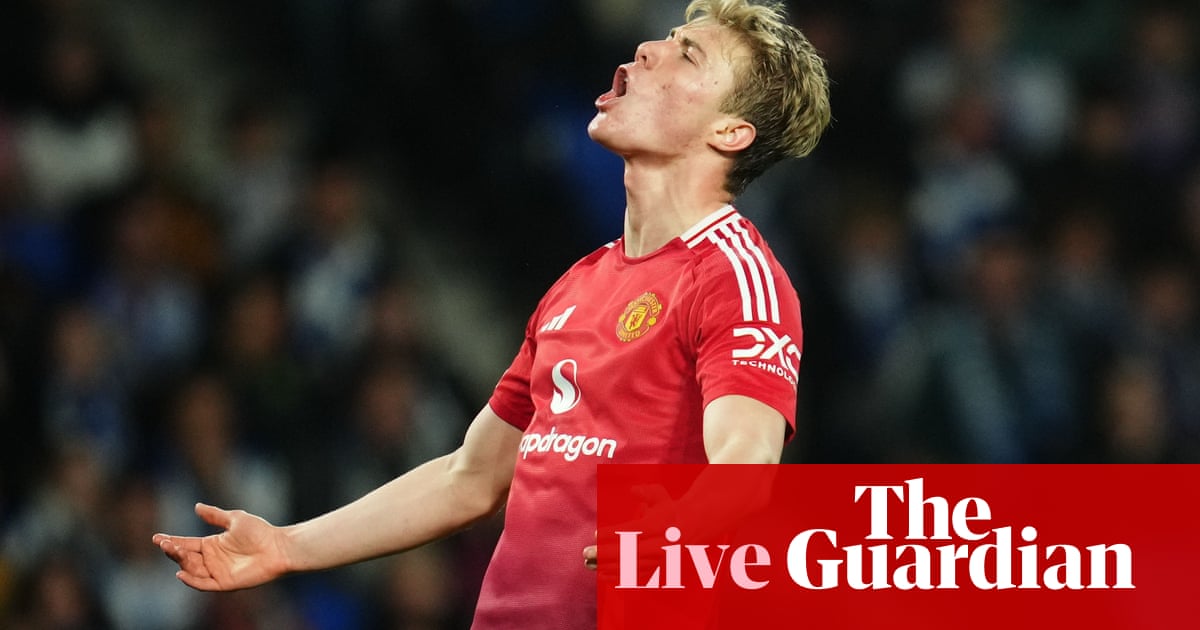Development of young football talents: MLS vs. european academies

The development of young football talents is a central topic in the global evolution of the sport. The United States’ Major League Soccer (MLS) and European academies have adopted distinct approaches to nurturing and promoting their future stars. Analyzing these differences helps understand how each system shapes players and their transition to professional football.
Structure and philosophy of academies: MLS versus Europe
Football academies in Europe boast a long tradition of talent development. Clubs like FC Barcelona, with its renowned “La Masia,” and Ajax Amsterdam have established models that combine comprehensive education and football training from an early age. These programs focus on honing technical, tactical, and psychological skills to prepare young players for competition at the highest level.
Conversely, MLS has implemented initiatives to strengthen its academies. Since 2008, teams have been required to run youth development programs, allowing clubs to sign players directly from their academies without going through the MLS SuperDraft. Additionally, in 2020, the league launched “MLS Next,” a platform encompassing multiple age categories to elevate the competitive level of young footballers in the United States.
Investment and resources in youth development
Investment in European academies is significant. For instance, Paris Saint-Germain recently inaugurated the “Campus Paris Saint-Germain“, a state-of-the-art training center reflecting the club’s commitment to talent development. These facilities provide optimal environments for the comprehensive growth of players.
In contrast, MLS has increased its investments in youth development in recent years. The creation of “MLS Next” and the mandate for youth programs in every club demonstrate a growing commitment to developing local talent. However, the scale and resources still fall short of the levels seen in Europe’s most established academies.
Competition and exposure in youth leagues
European academies participate in high-level competitions like the UEFA Youth League, providing young players with invaluable experience in international tournaments. This exposure is critical for their development and transition to professional football. Players like Phil Foden and Warren Zaïre-Emery shone in these competitions before cementing their places in their senior teams.
In MLS, “MLS Next” offers a competitive structure for youth categories, allowing players to face their peers in a professionalized setting. While this is a positive step, the lack of regular international competition limits the experience of young players compared to their European counterparts.

Transition to the first team and professional opportunities
In Europe, the transition from academy to the first team is a common practice. Clubs like FC Barcelona and Manchester United have historically promoted players from their academies, integrating them into the first team and offering opportunities in high-level competitions.
MLS has also seen an increase in the promotion of local talent. Players like Jesús Ferreira and Jordan Morris have emerged from MLS academies, establishing themselves in their teams and national squads. However, the league faces challenges such as competition from international players, which can limit opportunities for local youth.
Talent export and international recognition
European academies are renowned for producing talents that become international figures. Their training allows players to adapt quickly to various leagues and playing styles.
MLS has begun exporting players to European football. Examples include Bryan Reynolds, transferred from FC Dallas to AS Roma, and other young players who have moved to Europe, reflecting the growing recognition of talent developed in the United States. However, the number of exported players remains limited compared to European academies.

Challenges and future prospects
MLS faces challenges in talent development, including the need to improve infrastructure, increase investment, and create more competitive opportunities for young players. The arrival of international stars like Lionel Messi has raised the league’s profile but has also sparked concerns about its impact on opportunities for local players.
Meanwhile, European academies continue to innovate their training methods, adapting to the demands of modern football and maintaining their position as leaders in talent development.
Conclusion
Both MLS and European academies play crucial roles in developing young footballers, each with its strengths and areas for improvement. While European academies boast an established tradition and significant resources, MLS is making notable strides to close the gap and position itself as a viable source of football talent worldwide. Knowledge exchange and collaboration between the two systems could enrich the global football landscape, benefiting players, clubs, and fans alike.
Related
Barcelona and Bayern Munich ‘offered the chance to sign Neymar…
Neymar made an emotional return to his boyhood club Santos last monthThe 33-year-old has been linked with a European football comeback next term L
European reaction, Premier League team news and more: football –…
Key eventsShow key events onlyPlease turn on JavaScript to use this featureSouthampton: With the teams separated by 52 points, Southampton face a daunting weeke
Ineos plan for Manchester United is putting them at odds…
Sir Jim Ratcliffe is making another round of redundancies at Manchester United but the sharp drop in staff is at odds with European rivals who are adding to the











